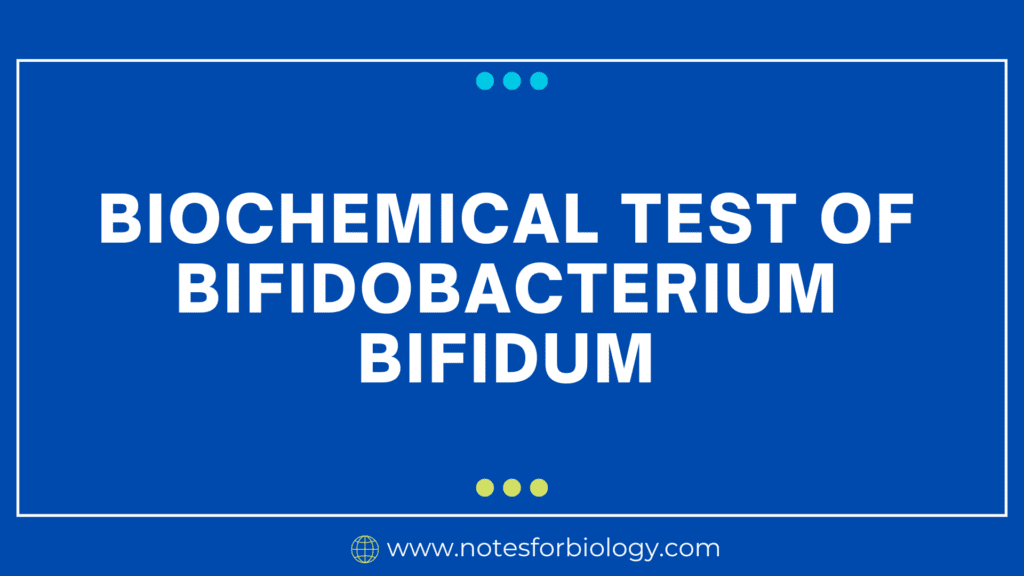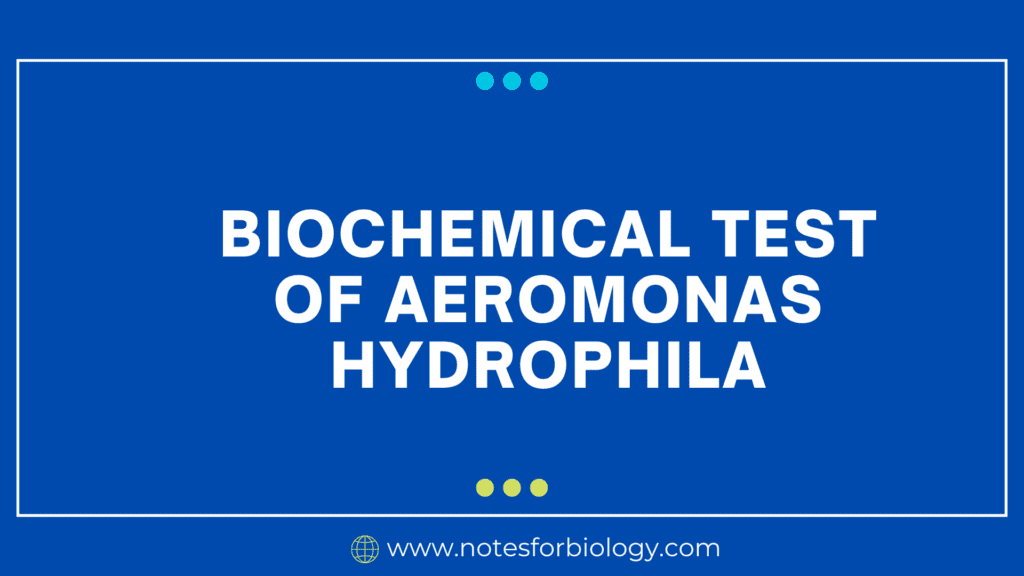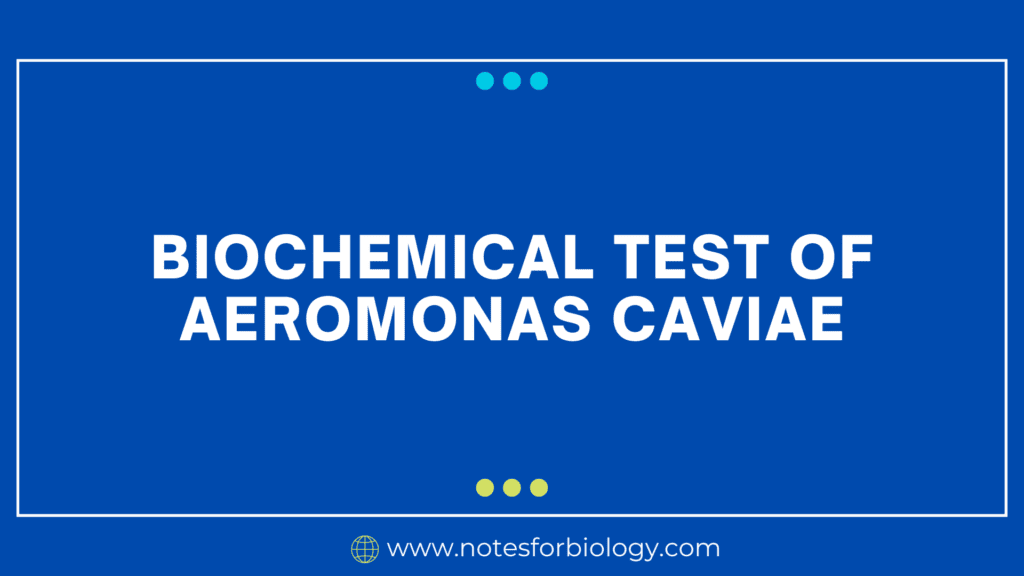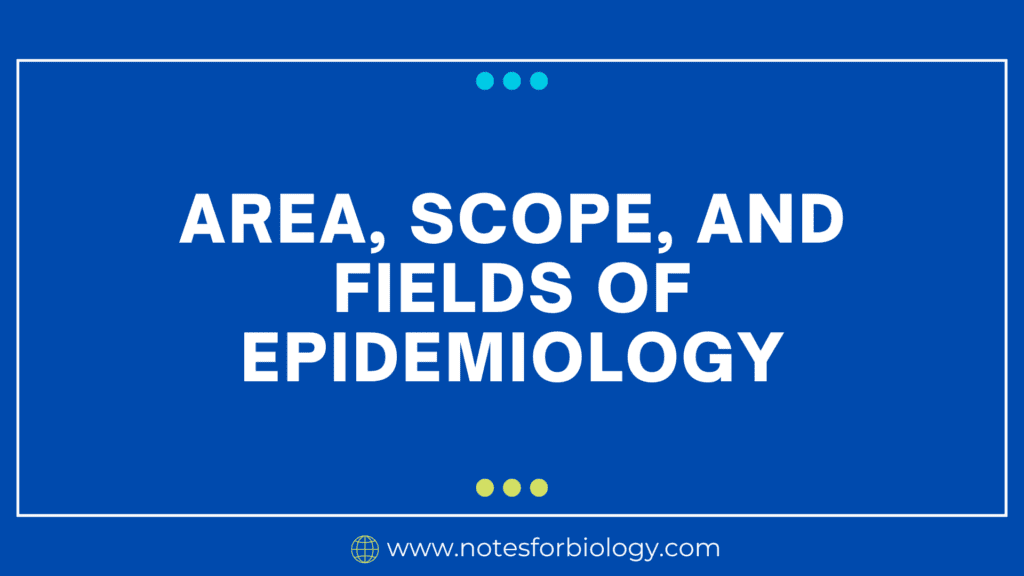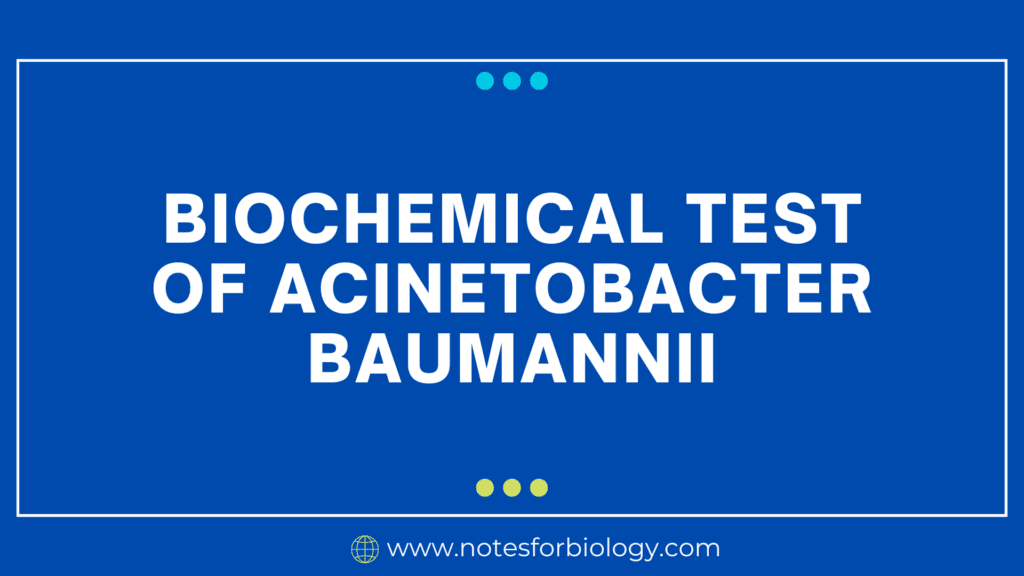Biochemical Test of Bordetella pertussis
The Gram-negative bacterium Bordetella pertussis is the source of whooping cough, a highly dangerous respiratory illness. It mainly affects newborns and young children and is spread by respiratory droplets. When B. pertussis infects the respiratory system, it causes symptoms like inspiratory whoops, paroxysmal coughing, and post-tussive vomiting. Given the risk of serious consequences, especially in […]


